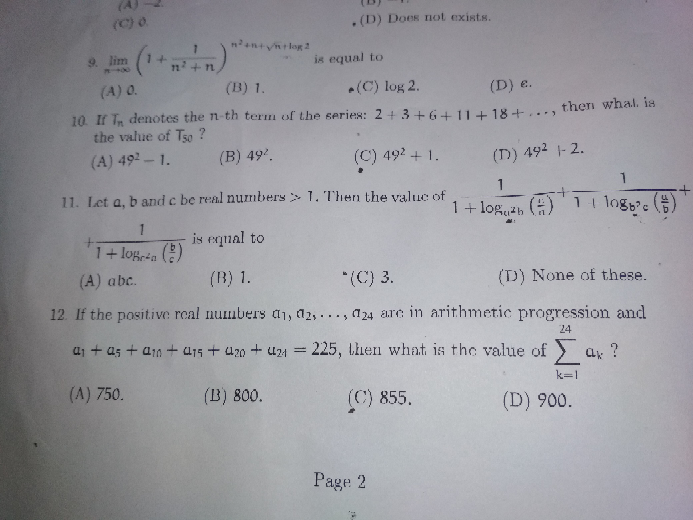
AlgebraQuestion and Answers: Page 348
Question Number 28219 Answers: 0 Comments: 4

Question Number 28211 Answers: 0 Comments: 6

Question Number 28190 Answers: 1 Comments: 2

Question Number 28189 Answers: 0 Comments: 2

Question Number 28188 Answers: 0 Comments: 0

Question Number 28174 Answers: 0 Comments: 2
Question Number 28166 Answers: 0 Comments: 0
Question Number 28165 Answers: 0 Comments: 0
Question Number 28139 Answers: 1 Comments: 0

Question Number 28143 Answers: 1 Comments: 0
Question Number 28124 Answers: 0 Comments: 3
Question Number 36365 Answers: 1 Comments: 2

Question Number 27996 Answers: 1 Comments: 0
Question Number 27983 Answers: 2 Comments: 0
Question Number 27977 Answers: 1 Comments: 0
Question Number 27976 Answers: 1 Comments: 1
Question Number 27975 Answers: 1 Comments: 0
Question Number 27761 Answers: 1 Comments: 0
Question Number 27681 Answers: 0 Comments: 2
$${Find}\:{square}\:{root}\:{of}\:\mathrm{7}−\mathrm{30}\sqrt{\mathrm{2}}{i}\:. \\ $$
Question Number 27662 Answers: 0 Comments: 0
Question Number 27587 Answers: 1 Comments: 1
Question Number 27559 Answers: 2 Comments: 1
Question Number 27547 Answers: 0 Comments: 0
Question Number 27507 Answers: 1 Comments: 4
Question Number 27503 Answers: 1 Comments: 0
Question Number 27486 Answers: 0 Comments: 0

Pg 343 Pg 344 Pg 345 Pg 346 Pg 347 Pg 348 Pg 349 Pg 350 Pg 351 Pg 352
